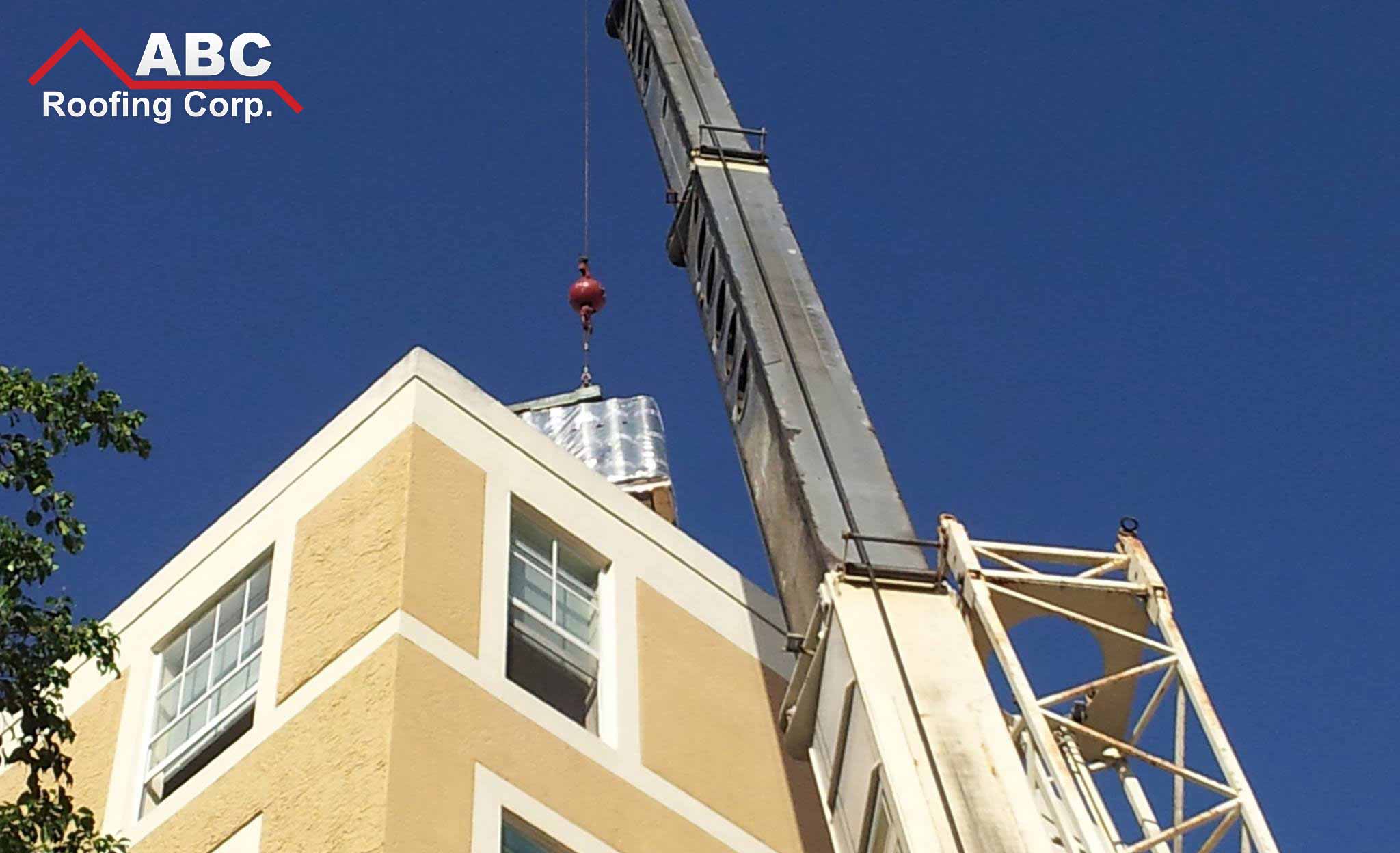
Taxes is something all business owners wrestle with, and although it may appear unfair at first glance, there are some built in relief mechanisms that need to be taken advantage of by the savvy business owner, particularly when it comes to premises maintenance such as commercial roofing. Nobody likes to see their businesses profits eroded, especially when hard worked for gains go to the taxman. This is mainly due to incorrect or improper tax filing, as the IRS is particularly fair and lenient to competent taxpayers.
When it comes to structural changes such as roofing, there are several new rules that have been instated by the IRS since 2016. Broadly speaking they fall into two categories, anything that counts as a routine repair (and does not increase the value of the premises) can be written off in one year via safe harbors, but anything that modifies, increases the building’s value or changes its use has to be depreciated and written off over 39 years in the case of commercial real estate.
So, what are the safe harbors? There are three of them that allow the commercial roofing repair to be tax deductible in a single year. These are:
- Repairs classed as routine maintenance. Basically, the IRS encourages business owners to perform routine maintenance on their commercial roofing. Routine maintenance has to meet the following exact specifications:
- Regular roofing repairs that you would typically expect to perform (such as a broken tile or missing fastener).
- Repairs caused by use of the commercial roofing by a trade or business.
- Repairs needed to keep the property in its current state and operating efficiently (note this does not mean to restore the commercial roof to its original condition).
- A repair the would be expected to occur more than once during a ten-year period.
- Small Taxpayers. This only applies to roofing repairs that are less than or equal to two percent of the unadjusted basis of the property or $10,000 whichever is lower. This only applies to small businesses that have a net income of less than $10 million and the property being repaired is worth less than $1 million unadjusted. To check if you fall in this category, visit the IRS website.
- De Minimis safe harbor. This applies to “small fry” roofing repairs where the invoice is less than $2,500 or less than $2,500 per item. The IRS is lenient here to specific businesses, and if yours qualifies can increase this amount to $5,000. The qualifying criteria are an applicable financial statement (which means an IRS certified, audited financial statement).
Of course, as always with taxes, it’s not all that easy, if you find that your repair does classify under one of the safe harbors, you must elect to use a safe harbor and attach an election statement along with supporting documentation to your tax return.
Confused as to whether you can use a safe harbor? No problem! Apply the BRA test. If your commercial roofing job classifies as a betterment, restoration or adaptation, it is not tax deductible in one year. However, if it falls under a BRA category, you can apply a partial disposition to the depreciation so that you don’t double up on your depreciation amounts.
Clearly there is much to consider when it comes to the taxation ramifications of commercial roofing repairs. With ABC Roofing Corp, a member of the National Roofing Contractors Association, our 30 years of experience will ensure a solid roof over your head, outlasting your depreciation period and exceeding your expectations.
